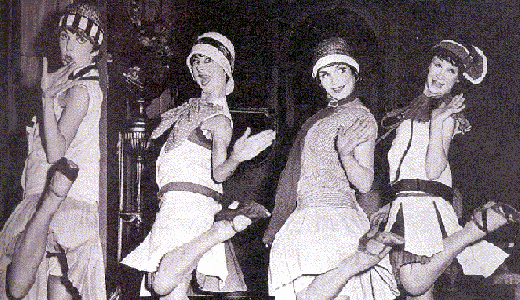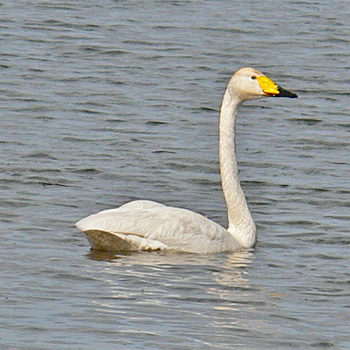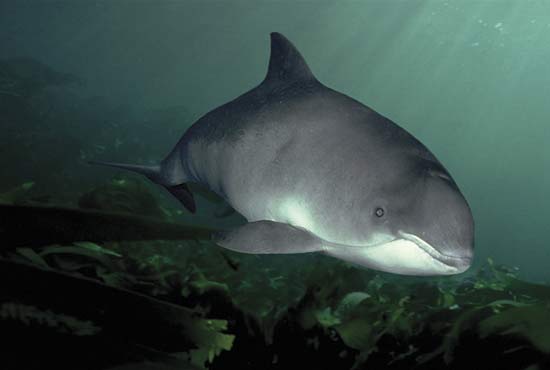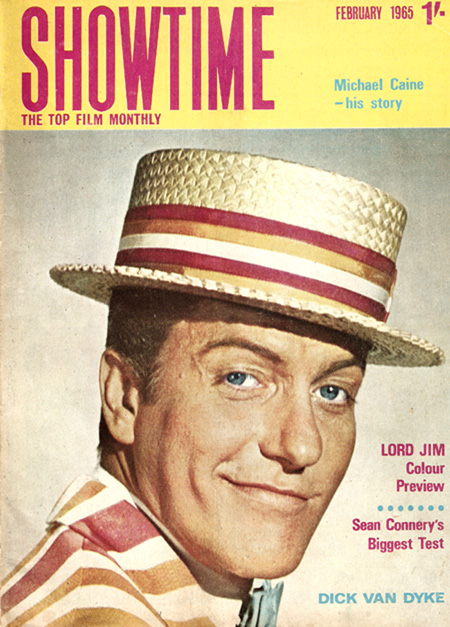Over at The Dabbler this week I turn my attention to some lesser-known editions of the Bible, as noted by Isaac Disraeli in his Curiosities Of Literature. This is a splendid work, highly recommended to Hooting Yard readers. To take just one essay at random, in Amusements Of The Learned, we are told that
When Petavius was employed in his Dogma Thealogiea, a work of the most profound and extensive erudition, the great recreation of the learned father was at the end of every second hour, to twirl his chair for five minutes.
Twirling in a seated position wasn’t good enough for Cardinal Richelieu. He preferred “violent exercises; and he was once discovered jumping with his servant, to try who could reach the highest side of a wall.”
Most amusing, perhaps, is the manner in which Baruch Spinoza liked to unwind from his philosophical labours:
After protracted studies Spinoza, would… unbend his mind by setting spiders to fight each other; he observed their combats with so much interest, that he was often seized with immoderate fits of laughter.










